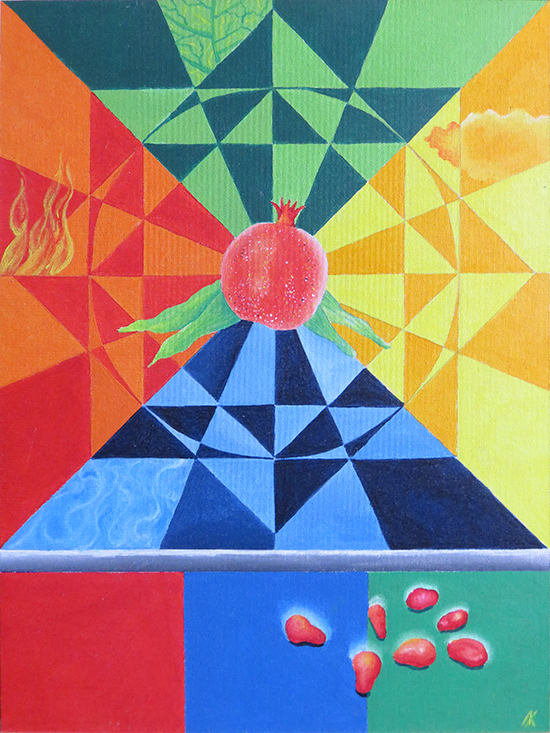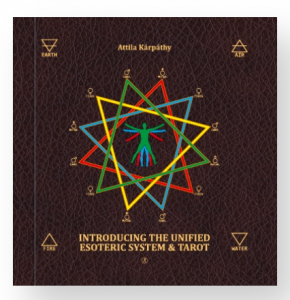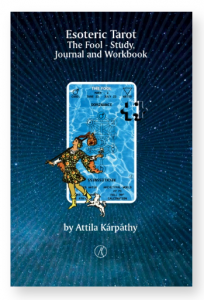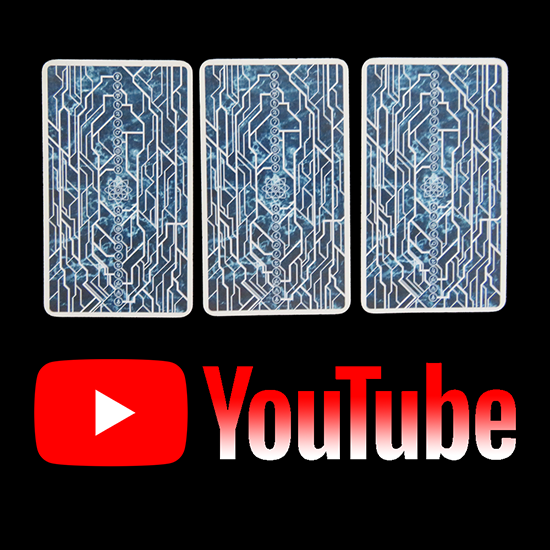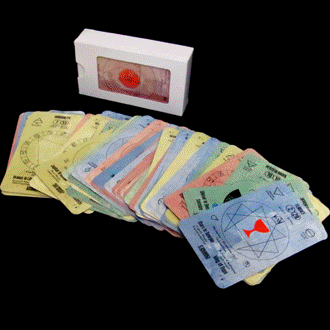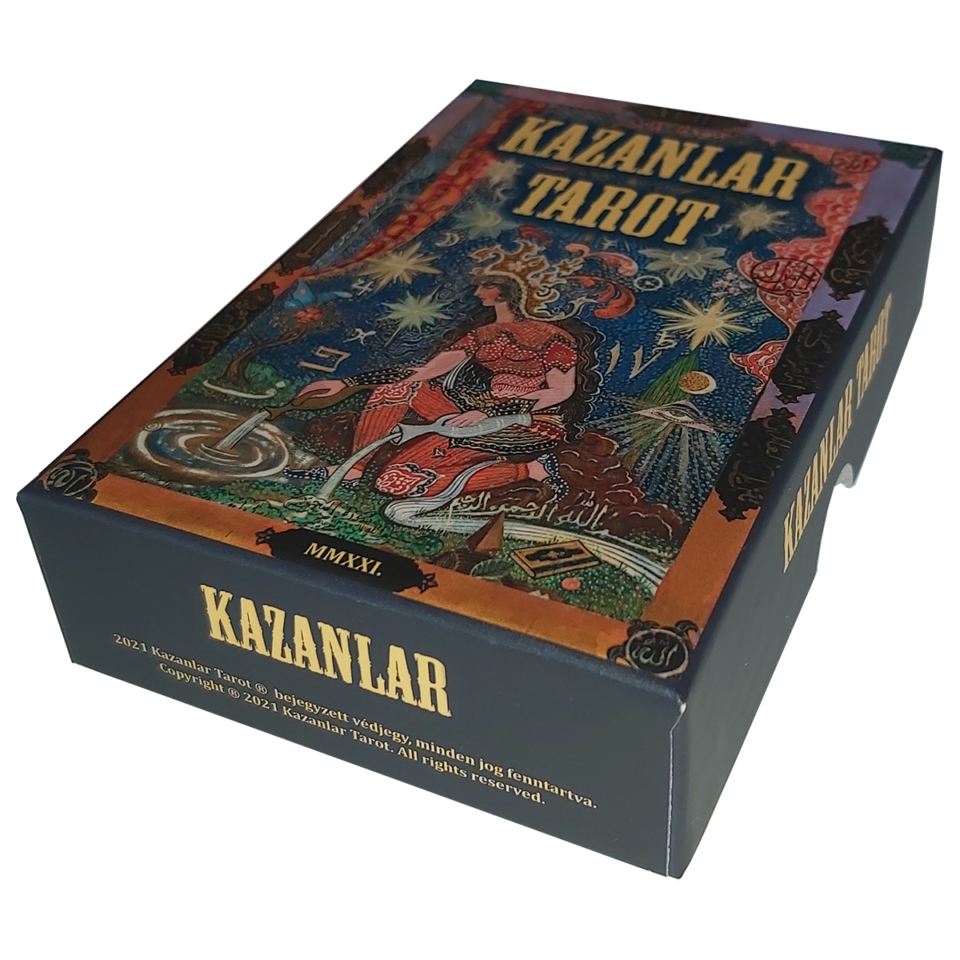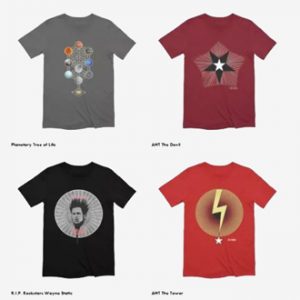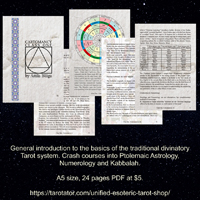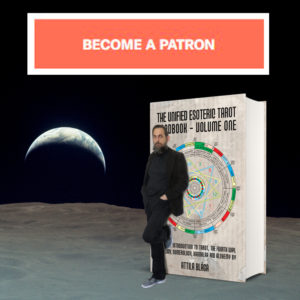In the digital age, information is more plentiful than ever, but parsing truth from fiction can be daunting.
According to Wikipedia, rationality is the quality of being guided by or based on reason. In this regard, a person acts rationally if they have a good reason for what they do, or a belief is rational if it is based on solid evidence.
However, apparently, we are programmed to be irrational.
I always considered Arthur Edward Waite’s Pictorial Key a superficial and irrelevant work.
Waite compiled previous works by adding very few of his ideas.
Yet, a phrase grabbed my attention and stuck with me.
“The deception and self-deception regarding their origin in Egypt, India or China put a lying spirit into the mouths of the first expositors, and the later occult writers have done little more than reproduce the first false testimony in the good faith of an intelligence unawakened to the issues of research.”
Waite, most likely unwillingly, revealed a fundamental flaw of most esoteric works. Authors, “in good faith”, copied and reproduced without verifying and analysing previous ideas and concepts.
For example, Western Astrology has been virtually unchanged for two thousand years, although at least half of Claudius Ptolemy’s theories are faulty. Thousands, if not millions, of authors, reproduced the same errors, and millions, if not billions, of readers and students, accepted and learned them without questioning their validity. Learning is a process of understanding – not mechanical memorising and reproducing. The inefficient approach created the circumstances that make it almost impossible to challenge the well-established concepts and ideas nowadays.
Similar to the religious clerics, identical academic elit has been established in science and esotericism to defend their theories – at any cost. Any questions or doubts regarding their work threaten their position. Moreover, an entire publishing industry risks collapse if those theories are proven faulty. There is a critical academic and economic interest in maintaining the current standards and status.
Speaking of Western Astronomy and how hard change is, remember that only five hundred years ago, Ptolemy’s geocentric model was the only accepted theory. Anyone who dared to argue otherwise might have easily ended up burnt at stake. Nowadays, challengers are mocked, ridiculed, isolated or cancelled. We have different standards of public execution.
Astrology, Numerology, Alchemy, and Kabbalah are interconnected and embedded into the Tarot. Astrology constitutes the backbone of the Tarot deck. Its architecture relies on Astrology, and the card’s meaning originates from Astrology. If the Astrology is faulty, it also affects how we perceive and utilise the Tarot.
Although our perception was systematically altered, it is our fault and responsibility to look with a critical eye at everything we read and analyse precariously all the information we’re served with.
Speaking about Tarot, the so-called little white books are the most important components of the deck. Unfortunately, most books and booklets are reproductions “in good faith” of ideas from previous publications. The content of these books should shape the cards’ illustrations and not the other way around. Yet, most of the decks are still altered reproductions of the Rider-Waite deck. In good faith, obviously.
More at: https://www.patreon.com/attilakarpathy
Esoterica – acrylic painting on canvas, 30×40 cm (11.81×15.74 inch) by Attila Kárpáthy.
Available for 1699 USD.
Especially in European Christian mythology, the forbidden fruit is represented as an apple.
It is more likely that the fruit was a pomegranate.
The painting incorporates the Sacred Numbers 3, 4 and 7: the Four Elements, the Three Qualities and the seven seeds of knowledge.

